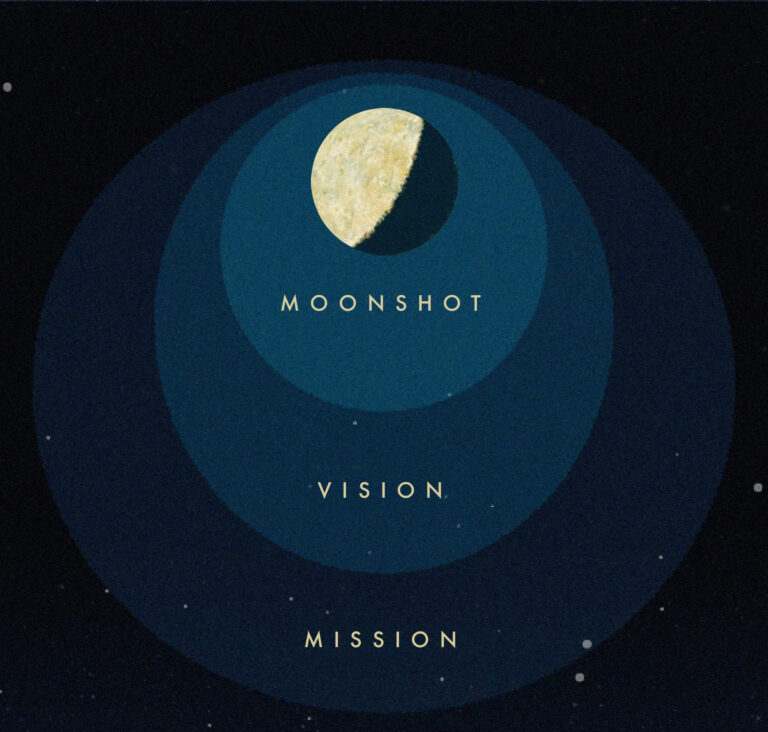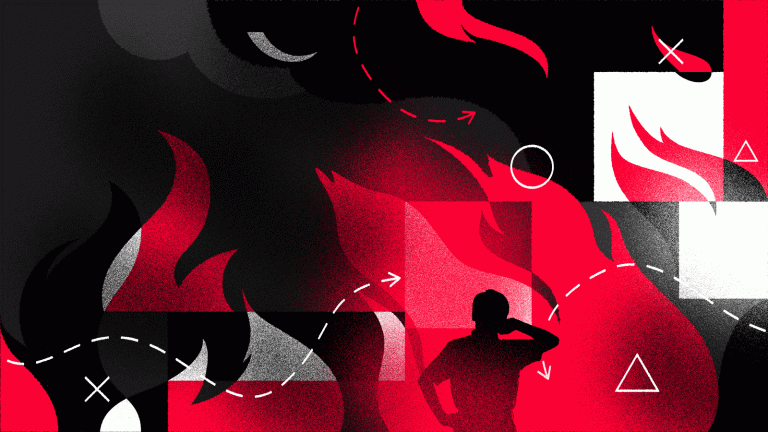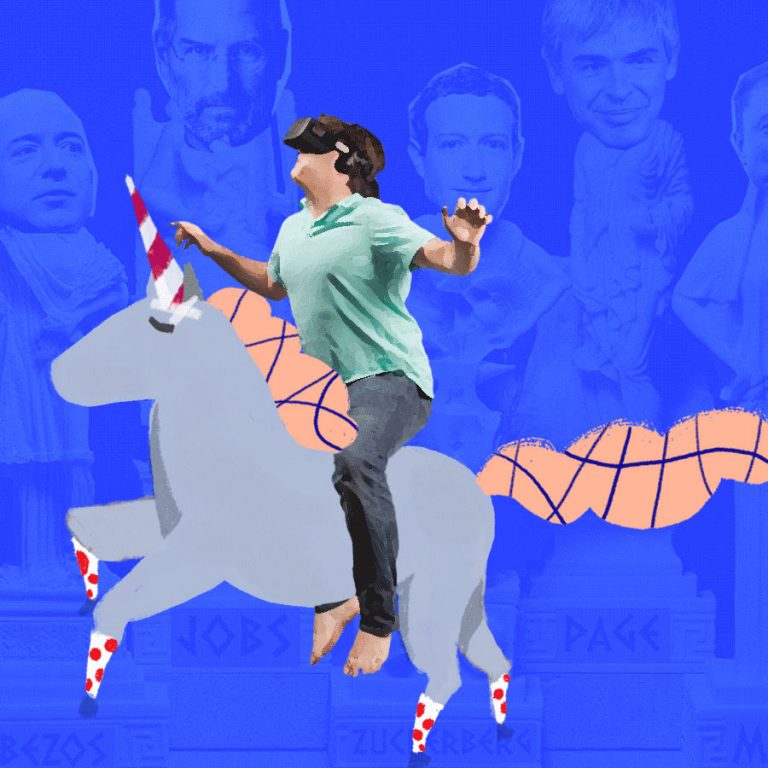I never expected to be writing a thought piece about my career—I’ve only just started. What do I know?
Well quite a lot actually. Right now career education—or rather the lack of it—is a hot topic. It’s Career Education Week in Victoria, the Victorian Government recently did an inquiry into career advice activities in Victorian schools, and at Alto we’ve been working with the Department of Education and Training in Victoria to transform career education in secondary schools.
It’s fair to say that I’ve been thinking about it a lot, and in doing so, reflecting on my own experience. Why did I choose to study design? What or who influenced my choice? Why did I choose the university I chose? Why did I choose university at all? Was the experience worth the cost? How would I redesign the experience knowing what I know now? So many questions.
Here are some insights into the mind of a recent graduate.
The high school art kid.
I was the art kid at high school, my recesses and lunches spent drawing and sculpting in the art rooms for hours on end.
When I think back, career advice at the time was pretty lean—my parents just wanted me to do what made me happy, and my high school career advisor’s advice was to continue studying, because, university. Everyone is doing it these days!
So being the art kid, the logical next step was to apply for a fine art degree. At university of course. I liked painting and hated maths, so this sounded about right. Follow your passion, right?
My interests for other areas such as psychology were swiftly pushed aside, as I didn’t acquire a high enough ATAR score to apply for a psychology degree. I was comforted by the fact that I was good at art, and was told I should stick to my guns and play to my strengths.
A minor setback.
After my application to a fine art degree was rejected, I had to find a new passion. And quickly.
A degree in communication design seemed like the next best thing that I would be good at (basically the same thing—drawing and such…?), but how do I choose where to study?
Apart from the fact that I didn’t want to apply to the University that had just rejected my previous application, I decided on one that’s key selling point was an Industry Placement Program—in hindsight, the best choice that I made in my career journey so far.
But as far as career planning went, that was about as strategic as it got. I was pretty much following the well-worn path from high school to university as most of my peers did—whether we actually knew what we wanted to do or not. It’s just the way it goes, right?
Turns out, that’s exactly what we do. In 2017, Year 13’s report ‘After the Atar’ stated that 43% of Year 12 students had ‘no idea’ what they want to do after they finished school, yet were still enrolling in degrees, with Mission Australia’s Annual Youth Survey reporting that 70% of Year 12 students were planning to go to university after they finish high school. Because, university.
So, with a newly found HECS debt in one hand, and a pile of those expensive Copic markers (that everyone bought but never used) in the other, I was on my merry way with everyone else off to university.
Uni dayze…
I’d be lying if I said I could remember anything about what I’d learnt in the first two years of my degree. No, really, anything. I’m sure in some subconscious way my brain managed to remember some basic information, but I couldn’t tell you what. I was too busy sleeping in and making new girlfriends for life in club bathrooms #priorities #unilyf
Woke.
About halfway through my degree I woke up. What was I doing here? How did I get here? Where am I going? This was supposed to be my ticket to the next destination in my life—but do I even like where I’m headed?
I felt lost. Isolated. Like no one was around to help discover what might be out there for me.
I looked around at my peers and it seemed like everyone was in a similar boat. After the uni buzz wore off they found themselves studying a degree that they didn’t really like, not exactly sure how they found themselves there in the first place, or where they were heading.
If only we knew.
To make things worse, I started to worry about a potential lack of opportunities once I came out the other end of the tunnel with my certificate in hand. I knew the design industry was a tough one to break into, with so many talented people around to compete for jobs with.
What I didn’t know was the alarmingly low graduate to employment rate. According to the Design Business Council, there are only 4,500 design studios in Australia that actively employ designers. The majority of this number (85%) employ less than five people, many less than three. Combine that with the 2,000 designers that graduate every year, and we’ve got a problem. There actually aren’t enough opportunities out there.
And it’s not just the design industry. A recent expose found that
“…vast numbers of young Australians are graduating with degrees in fields such as law, journalism and psychology, and there are nowhere near enough jobs to soak up the supply. Would-be barristers instead become baristas.”
Why weren’t we told that the dream we were sold, for most graduates is simply that — a dream, and we may never work in our chosen field simply because there aren’t enough opportunities?
Let’s work!
Crossing the bridge.
A recent report for the Foundation for Young Australians (FYA) revealed it now takes an average of 4.7 years for students to transition from education to full time work. Looking back, I consider myself lucky that I chose a degree that had a connection to industry that enabled me to bridge from university to work.
My course offered a professional placement program, which placed students in a design studio or agency for twelve months—essentially a paid internship—before returning to university to finish the degree. Not only did this provide an opportunity to learn or sharpen up valuable real world skills, it was also a foot in the door.
For me, who was still unsure if this was the right career path, it was an opportunity to decide whether this second-choice-career I had chosen four years and tens of thousands of dollars ago was really for me or not.
Hello Alto!
I was placed at Alto at a time when the agency was going through their own identity crisis—transitioning from generalist brand agency to strategic brand and comms design agency for the education and knowledge sector.
Early on I had my fair share of designing logos, posters and brand guidelines —the stuff that I was unsure about— but pretty soon I found myself thrown into the deep-end and immersed in research and strategy, developing value propositions and empathy maps, writing narratives (and now this blog post).
Human centred design, design thinking, user experience design, service design… this wasn’t the design that I studied. 🤯
But guess what. I’ve loved it all.
Now, almost two years on, my time at Alto has taught me more than I ever could have imagined. I’ve learnt more about design than I did in my four years at university, twofold, and have been introduced to the tools and techniques that were nowhere to be seen in the classroom.
What’s more, I’ve revisited those ‘old’ passions that were out of reach when I was in high-school, such as psychology. I’m now learning how to best design for humans wants and needs, and am looking towards a future that will hopefully see me working with people everyday, designing and shaping how they interact with the world.
So, how might we redesign career education?
I’m not an education expert, this is only my experience. But individual experiences matter when redesigning systems from a human centred perspective. Knowing what I know now about my own career path, that of my friends and through research into career education, here’s three things that would have helped my peers and I on our journey.
Learning the skills to design and navigate a career.
We give students the option to learn a lot of things at high school—interesting subjects like history, sociology, religion, home economics, biology, physical education. There’s something for everyone, but the one thing that everyone needs is missing—career education.
Unfortunately, career planning skills are not just something you pick up on the way. Career education needs to be designed into learning curriculums: pathways available, where to look for opportunities, how to network etc. so students can prepare earlier and better, creating a greater chance of success.
Knowledge overlap with alumni and industry.
There was a disconnect between what I was learning at university and what I found was being practiced in the real world. I wasn’t taught about the new trends and emerging fields in the industry, nor aware all the different ways a ‘design’ career could look, and there were no honest conversations about actual opportunities once you get your certificate.
This could be improved through a greater overlap with alumni and industry—where current students can share their newly found industry knowledge and experience, giving current students a better understanding of what to expect when entering their industry, and giving lecturers the opportunity to remain up-to-date with new trends and emerging fields.
‘Real work’ experiences.
Choosing a university that integrated a professional placement program was the single best thing my tertiary education gave me, and changed the trajectory of my career as it did for many of my peers. But, unfortunately it’s not possible for all students. So what about them?
To make the transition from university to employment easier, more ‘real’ application of skills and knowledge to practical projects is vital. This could be modelled through collaboration between faculties or disciplines, with guidance from a relevant industry partner. For example, pairing engineering students with design students to work on a project together, with supervision from an industry partner. This would allow students to work on projects that resemble the workflow of real life jobs that generally see multiple disciplines collaborating alongside each other, giving them the opportunity to put their skills and knowledge into practice, while connecting with, and learning from, industry.
Granted some of these things are already happening, but there needs to be more of it, and more widely available.
—
We need to forget the idea that a career journey starts the day after you graduate.
Although I’ve only just started my career, my career journey started all those years ago in the art rooms at high school. Everything I’ve done and the decisions I’ve made—or haven’t made—have led me to where I am today. I’d like to think that some of the hiccups I encountered along the way could have been avoided if I had a deeper and more accurate understanding of the world of work, and how we as students could best prepare for it.


